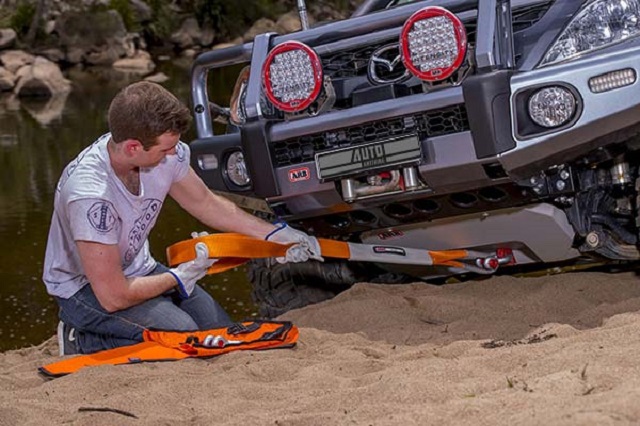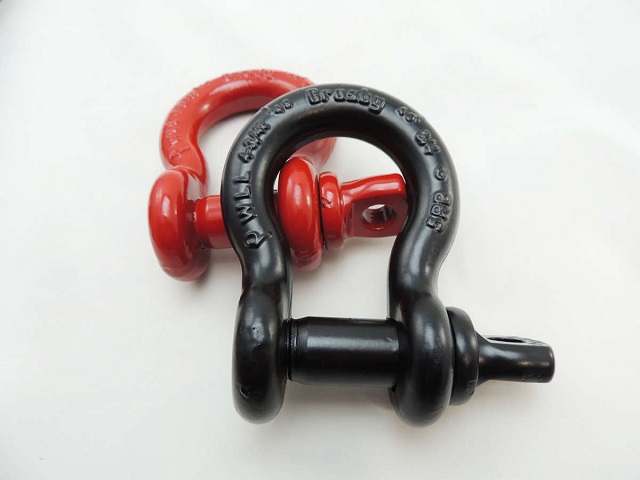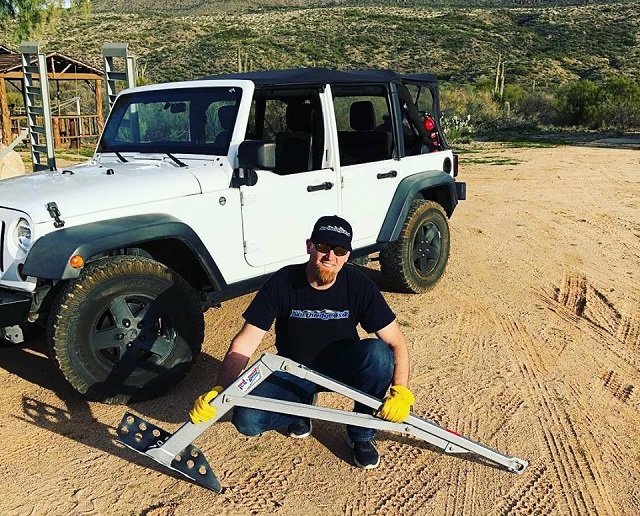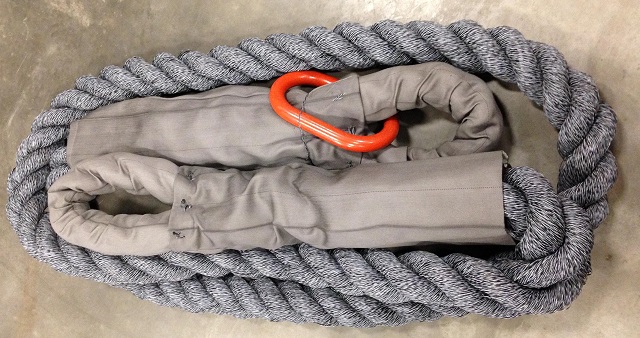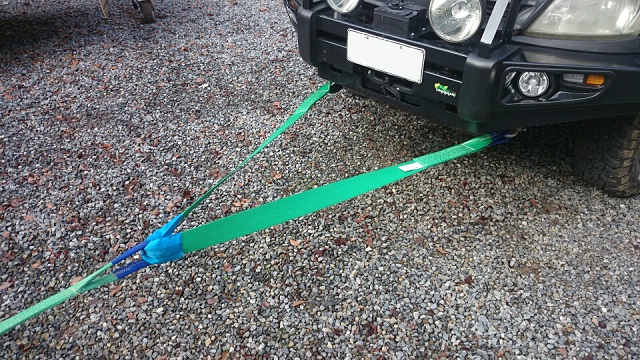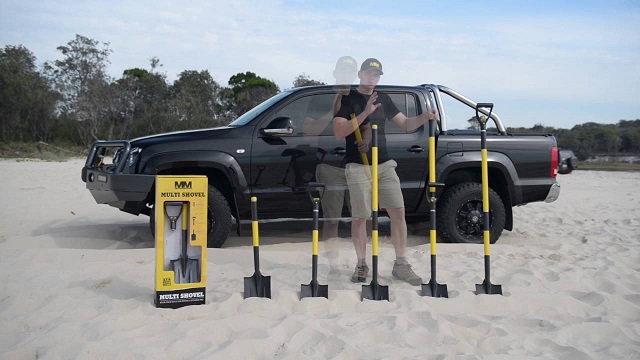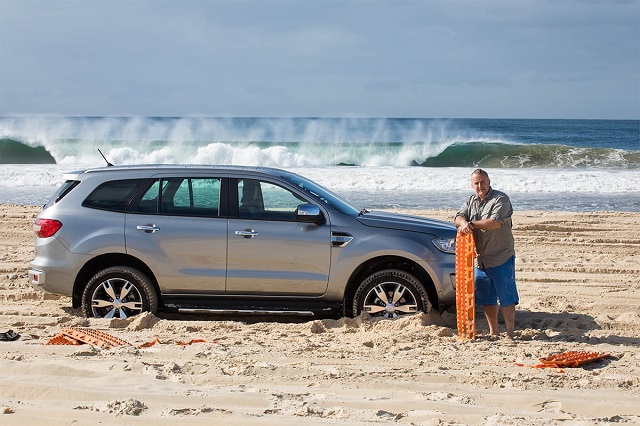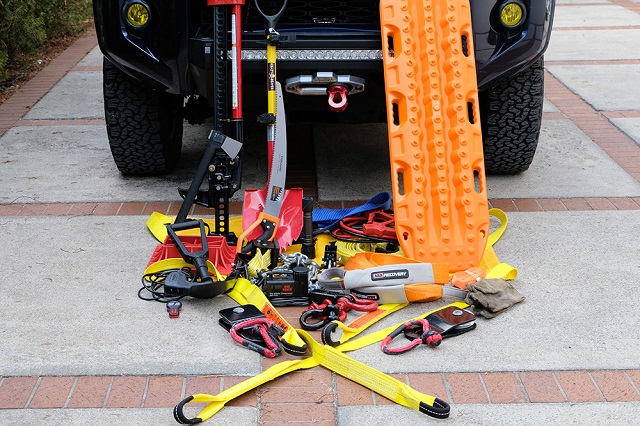
A lot of off-roading enthusiasts enjoy exploring nature’s beautiful landscapes and places untouched by civilization. But as much as fun and thrilling riding across unfamiliar land and rough terrain may be, sometimes you might also find yourself in a sticky situation. For that very reason, being equipped with the necessary pieces of equipment for a safe recovery if worse comes to worst is of the essence. Having the right gear isn’t enough though, knowing how to get your vehicle out safely is a whole other story, which we will explain after we go over the essential pieces of vehicle recovery gear. Let’s get started.
Snatch Strap
Snatching the vehicle when it can’t keep its forward momentum using its own power is done with a snatch strap. This self-explanatory equipment is one of the most important types of vehicle recovery gear since it’s the first point of contact with the vehicle. It is usually elastic in order to store kinetic energy and to be able to stretch without snapping. It is the elasticity combined with the pulling momentum that makes for the snatching effect which makes the extraction possible. To keep your snatch snap intact from all the pulling and pressure, make sure you get one with the proper MBS (minimum breaking strength), which usually needs to be between two to three times of your vehicle’s GVM (gross vehicle mass).
Shackles
There are two types of shackles to choose from – either D-shackles or bow shackles – with the latter one having a more rounded design. There is no big difference in how they perform, but make sure the ones you’ll get have a WLL (working load limit) or an SWL (safe working load) rating. The minimum rating a shackle should be able to bear is 3.25 tonnes and usually, shackles with a bigger rating will have a larger eye which makes them better for use with tree trunk protectors.
Anchor
But what happens when there’s nothing to hook your vehicle to? Well, this is where anchors come into play. No matter whether the area you are going to be travelling in has a lot of trees or not, it is always a good idea to bring additional anchor points with you. Although sometimes you can improvise by burying a log or a spare wheel in a shallow trench, it isn’t as safe as anchor points.
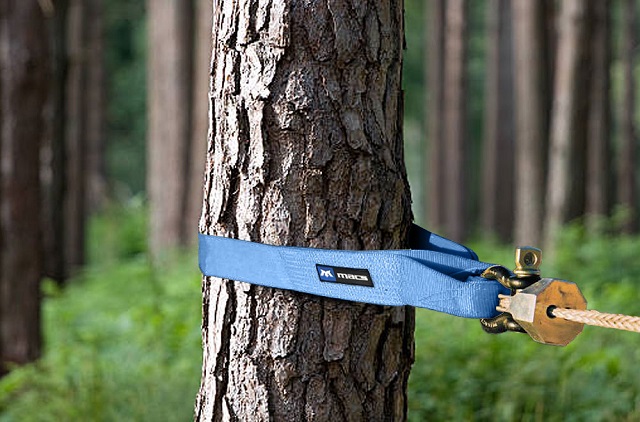
Treetrunk Protector
Putting a winch cable around a tree is bad not only for the cable itself but also for the tree as chances are – you will damage it. Since trees are the most common recovery point, it’s best that you use a tree trunk protector. This type of vehicle recovery gear makes sure that both the tree and the winch cable don’t get damaged.
Tow Rope
In case your 4×4 can’t get out of a muddy spot, having a quality tow rope with you can be of help. Of course, this doesn’t apply if you are on your own. You might use your winch strap or cable for this reason but you don’t want the elasticity of the former when flat-towing nor the lack of flex from the latter.
Equalizer Strap
All that pressure that’s put on the vehicle recovery gear needs to be eased a little bit so that the equipment doesn’t fail to perform. An extension strap does exactly that by spreading the load on two recovery points, thus reducing the chance of unwanted component failure.
Shovel
It might seem like a pretty obvious tool but it can be of great help in situations where you need to get under the vehicle, which is why it is recommended to get a shovel with a rounded blade, This way you won’t end up puncturing a tyre. A shovel with a long handle is also a better option as it will make things easier for you.
Safety Tips
• Inspect every piece of recovery gear you have for damages or cracks, and if some of them aren’t in a proper working condition – make sure you replace them. Also, check whether the winch cable isn’t frayed or tangled and whether both the hydraulic fluid and the engine oil levels are optimal.
• Always plan ahead so you don’t miss out on an important detail that can ruin the whole operation. Take your time and think the whole process through, check if the cable will be able to handle the pull and ask yourself if the whole operation can be done safely. When snatching out of deep mud, make sure you don’t end up getting your chassis and wheels vacuumed by it, which is why you should resort to winching your vehicle out instead of using the snatch strap. You can also use recovery tracks in this situation.
• Remember to always use rated recovery gear as not every recovery is the same – maybe the process is, but not the situation. Things such as the angle between vehicles, the weight of the vehicles and so on are all specific. Rated shackles, recovery points, and straps are all products that need to come with a stamp saying how much they are able to handle.
• In order to reduce the recoil from a failed recovery, make sure to always use a winch dampener or a winch rope. In case you don’t have one at hand, try using an old jumper or some beach towels. Don’t ever use a towball for recovery since they are not made to be used as recovery points – the sudden sideways shocks can easily make them a lethal flying object.

